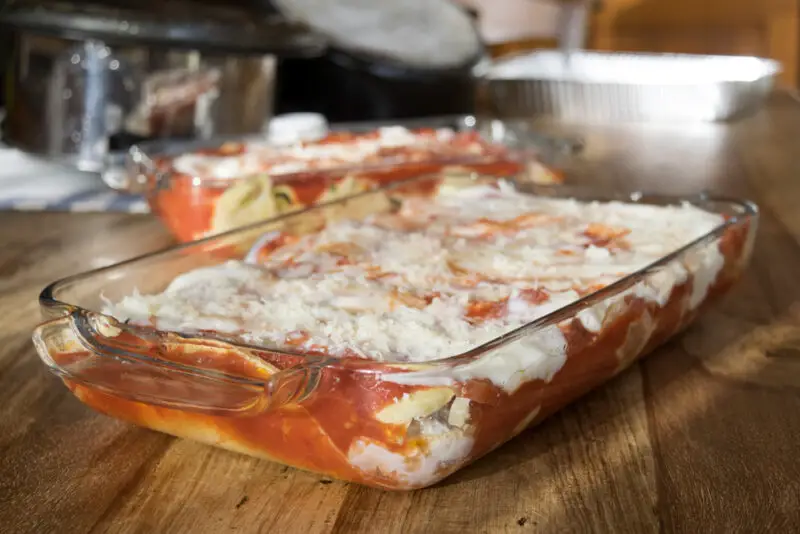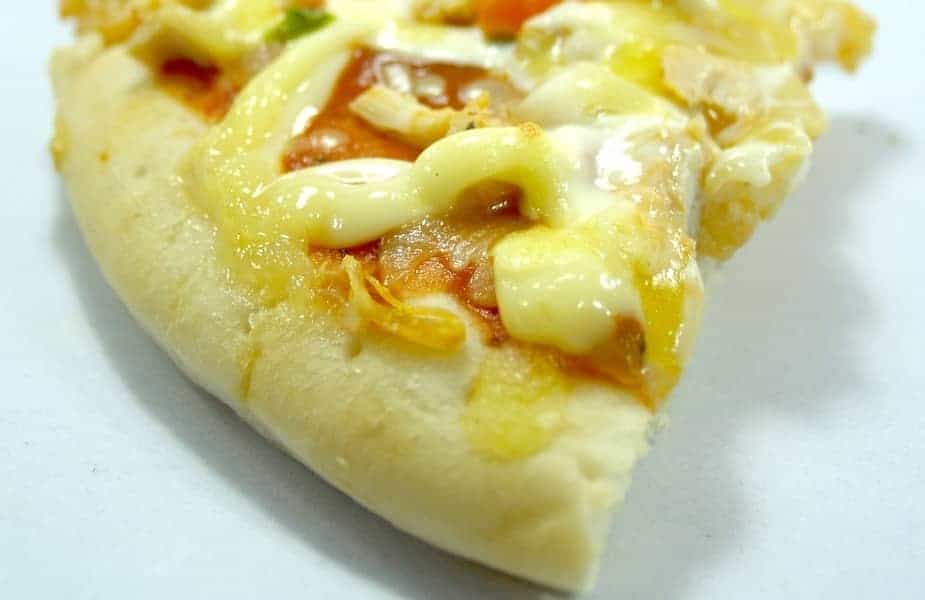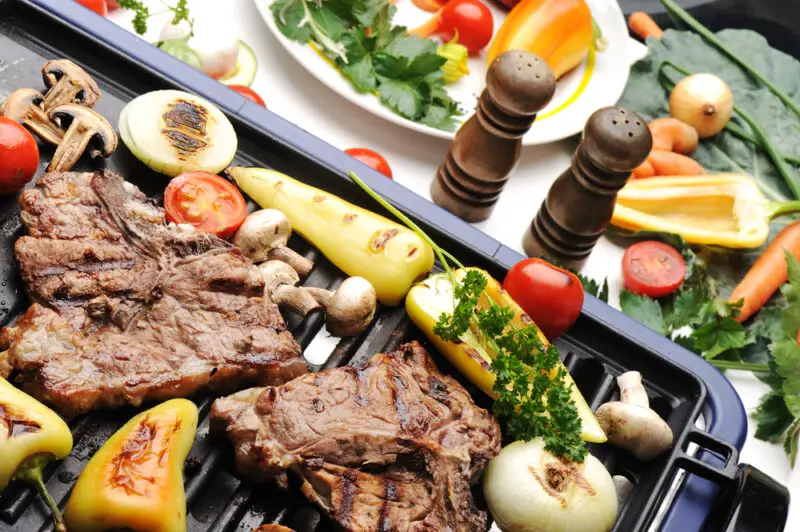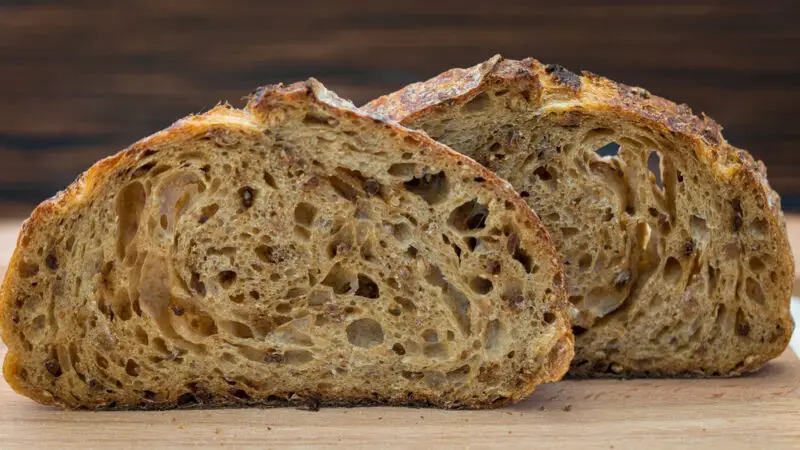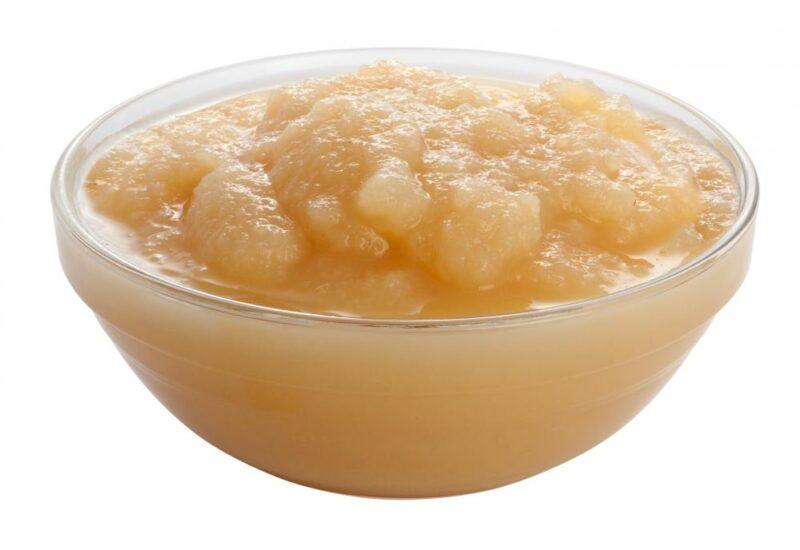Pyrex is a household name when it comes to glassware used for baking and cooking. If you have a Pyrex dish and want to prepare a frozen recipe that’s stored in it, it’s important to know if cooking a frozen Pyrex dish is safe.
Understanding Pyrex and Freezing Temperatures
Pyrex has been around for over 100 years, and the material itself was invented by Corning Glassworks company. It’s made from tempered soda-lime glass that is heated to extremely high temperatures before being cooled quickly. This process makes the material more resistant to thermal shock (sudden changes in temperature) than most types of glassware.
When Pyrex dishes are used properly, they can be an excellent addition to your kitchen. However, if they’re frozen in extreme temperatures, they may not be able to withstand the temperature change without breaking or shattering. To understand why this happens we must understand how Pyrex works.
Pyrex heats differently than other materials because of its unique thermal properties – which means recipes will often take longer to cook than with other types of bakeware. In addition, glass doesn’t conduct heat as effectively as metal does so recipes might take a bit longer to cook thoroughly.
The reason freezing Pyrex dishes can cause problems is because of what happens when glass heats up or cools down too quickly; it’s prone to breaking under these conditions. This sensitivity means that when you try to cook a frozen dish right out of the freezer in a hot oven, the temperature shock can cause damage or even lead to breakage.
Risks and Dangers of Cooking Frozen Pyrex Dishes
The dangers associated with cooking frozen Pyrex dishes are many – the risks that come with using a glass container in your oven are multiplied when the glass is cold. One of the biggest dangers of cooking a frozen Pyrex dish in a hot oven is the risk of thermal shock, which happens when the cooking temperature is too high for the dish to handle – in this case, it’s often glass breakage.
Another danger of cooking frozen Pyrex dishes is placing them inside an oven that hasn’t been preheated properly. There is a high risk that placing your Pyrex dish inside an unheated oven will cause it to shatter due to a drastic change in temperature. For this reason, it’s important to make sure that your oven is fully preheated before you place any food or bakeware inside.
How to Safely Cook Frozen Pyrex Dishes
To reduce the risks associated with cooking frozen Pyrex dishes, there are steps you can take to prevent thermal shock and other types of damage:
- Make sure the dish has fully thawed before cooking.
- Avoid placing a frozen dish in a hot oven, let it warm up gradually instead.
- Place the dish in an already heated oven instead of a cold one.
- Cover your Pyrex dish with foil, parchment paper or a lid while baking.
In addition, never put your glassware under direct heat from a stove or broiler unit; It will become too hot too quickly and become subject to breakage from the sudden exposure to heat diffusion.
What Happens if You Cook a Frozen Pyrex Dish?
If you don’t follow proper procedures when cookinnga frozen Pyrex — and decide to heat it up without allowing any thawing time–what could occur? The temperatures from freezer conditions can cause shifting or cracking as the dish warms up – this is why a gradual warm-up is highly recommended.
Going further, if the Pyrex dish is placed in an oven that has not been preheated correctly, it could burst into pieces due to the sudden extreme temperature change. Using a cold Pyrex inside of a preheated oven can also cause disruptive changes in temperature on the Pyrex dish – something meant for slow, steady heat diffusion which glassware excels at handling.
When Cooking Frozen Pyrex Is Not Advised
It’s generally advised to avoid cooking frozen casseroles or other types of dishes that are frozen solid and need to be heated while frozen. A better approach is to defrost the dish first before cooking it. Defrosting helps eliminate temperature gradients between the interior and exterior, reducing the potential for thermal shock and uneven heating.
A frozen dish is not advised for quick baking and high-intensity recipe options such as pizza, bread-based meals and parchment-baking (baking on greaseproof paper), as these require high-temperature recipes with heavily advanced techniques
Steps to take When Your Frozen Casserole is Already Sitting in your Pyrex Dish
If you’re too late and have already put your frozen casserole into a Pyrex dish, there are some best practices to follow for safe cooking:
- Take your dish out of the freezer a few hours before you plan to use it.
- Allow sufficient time for the dish to fully thaw.
- Avoid using direct heat or placing the Pyrex under hot water or using hot air since it will subject it to thermal shock.
How to Thaw a Frozen Pyrex Dish Safely
The best way to safely defrost a Pyrex dish is gradually. Slowly thawing the glass will help minimize the potential for thermal shock.
There are different methods you can use to thaw a frozen Pyrex dish, including:
- Let the dish thaw in the fridge
- Place the dish on the counter to allow it to thaw at room temperature
- Submerge your dish into a shallow tub of clean room temperature water and replace after 30 minutes or so.
It’s best not to use hot water or a microwave oven as these options increase thermal shock exposure.
When is a Pyrex Dish Ready to Cook?
The best time to put your Pyrex dish into your oven is when you can safely touch it by hand and feel that it’s at room temperature. This means that if the dish was frozen, it has been fully defrosted and left at room temperature for approximately thirty minutes before placing it within any heat source, thus preventing thermal shock.
To be even more careful, allow your Pyrex dishes to gradually reach room temperature by pulling them out of the fridge and allowing them at least two hours of thawing time before cooking.
Conclusion
Pyrex dishes offer an excellent way to prepare recipes in your home’s oven while keeping food fresh and hot. However, attempting to cook frozen foods directly from a frozen Pyrex dish can create risks that you should avoid whenever possible. Instead, follow our guidelines for safely preparing frozen foods in Pyrex containers and make sure that you let your dishes come up to something close to room temperature before placing them in the oven. Take care of your glassware, so it lasts long and can provide you with years of great use in the kitchen!
Frequently Asked Questions
Can I put a frozen Pyrex dish in the oven?
Yes, you can cook a frozen Pyrex dish in the oven. However, it is essential to remember that Pyrex should be gradually warmed up to prevent chipping or cracking. So, start with a low temperature no higher than 375°F and increase it gradually.
How long does it take to cook a frozen Pyrex dish?
Cooking time for a frozen Pyrex dish usually takes 20-30 minutes longer than the time required for cooking the same dish at room temperature. The amount of time will also depend on the type of food you are cooking and the size of the dish.
How can I avoid damaging my frozen Pyrex dish?
To prevent any damage while cooking a frozen Pyrex dish, be sure to thaw it first before baking. After thawing, place the dish in a cold oven and slowly increase the temperature to ensure it doesn’t go from freezing to hot too quickly.
What precautions do I need to take when handling my frozen Pyrex dish?
When handling your frozen Pyrex dish, always use oven mitts or pot holders as it can be extremely hot. Never place a hot Pyrex dish directly on a cold surface or under cold water as it might cause it to shatter. Similarly, never place an icy-cold dish into a preheated oven as sudden heating could cause considerable damage.
